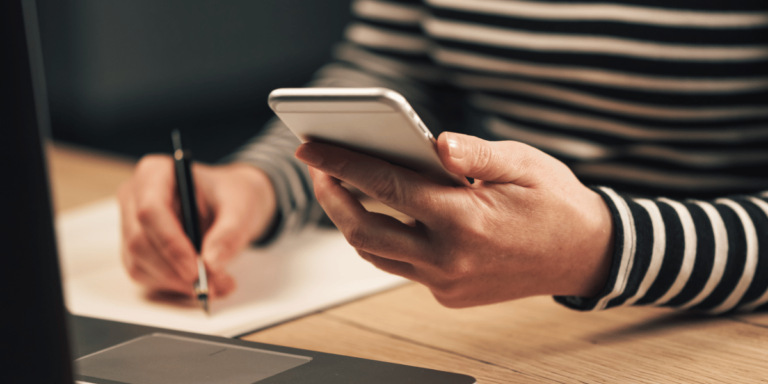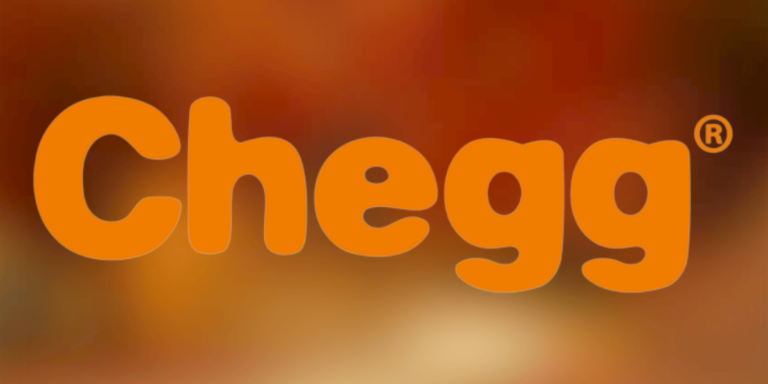Unveiling the Process: How Printed Circuit Boards (PCBs) are Manufactured
Asenqua Tech is reader-supported. When you buy through links on our site, we may earn an affiliate commission.
Printed Circuit Boards (PCBs) form the backbone of electronic devices, establishing the pathways that allow them to function seamlessly. The manufacturing process behind these essential components is intricate, involving numerous detailed steps. This article explores the comprehensive journey of PCB manufacturing, breaking down each crucial stage.
Step 1: Designing the Blueprint
The PCB manufacturing process kicks off with meticulous planning. Engineers employ Computer-Aided Design (CAD) software to create a blueprint of the circuit board, specifying intricate pathways and connections. This design phase is crucial, laying the groundwork for the entire manufacturing process.
Step 2: Printing the Design
After finalizing the design, it is transferred onto a film using a plotted printer. This film serves as a guide for subsequent manufacturing steps, outlining conductive copper traces and non-conductive areas. The film uses clear and black ink to represent non-conductive and conductive elements, respectively.
Step 3: Creating the Substrate
The substrate, often made of epoxy resin and glass fiber, forms the main body of the PCB. During this phase, the substrate undergoes a semi-curing process in an oven. Copper is pre-bonded to both sides of the substrate, and unwanted copper is etched away, revealing the design from the printed films.
Step 4: Printing the Inner Layers
The design is printed onto a laminate, forming the structure’s body. A photosensitive film made from photo-reactive chemicals covers the laminate, aiding alignment with the blueprints. Holes are drilled into the PCB to facilitate alignment, and the board is ready for exposure to ultraviolet light.
Step 5: Ultraviolet Light Exposure
The board, along with the resist and laminate, is exposed to ultraviolet light, hardening the photoresist. This process reveals the copper pathways, and after exposure, the board is washed with an alkaline solution to remove excess photoresist.
Step 6: Removing Unwanted Copper
Unwanted copper is removed using a chemical solution that selectively dissolves exposed copper. The hardened photoresist acts as a protective layer, ensuring the desired copper pathways remain intact.
Step 7: Inspection
The layers undergo inspection for alignment accuracy. Optical punch machines drill pins through holes, maintaining layer alignment. Defects are scrutinized using an inspection machine, ensuring a flawless board.
Step 8: Laminating the Layers
Layers are stacked and fused together using metal clamps, prepreg layers, substrate, copper foil, and more prepreg resin. The layers are pressed together using a mechanical press, ensuring proper alignment. Heat and pressure during lamination melt the epoxy inside the prepreg, creating a solid multilayer board.
Step 9: Drilling
Computer-guided drills create holes for interlayer connectivity, exposing the substrate and inner panels. Remaining copper is removed.
Step 10: Plating
Chemical solutions fuse all layers together, and a thin copper layer is coated onto the panel, seeping into the drilled holes.
Step 11: Outer Layer Imaging
A layer of photoresist is applied to the outer layer before exposure to ultraviolet light. The unwanted photoresist is removed.
Step 12: Plating (Again)
The panel is plated with a thin copper layer, followed by a tin guard layer to protect the outer layer during etching.
Step 13: Etching
A chemical solution removes unwanted copper under the resist layer, establishing the final PCB connections.
Step 14: Solder Mask Application
The panels are cleaned before applying an epoxy solder mask, providing the familiar green color. Unwanted solder mask is removed using ultraviolet light, and the desired solder mask is baked onto the board.
Step 15: Silkscreening
Critical information is printed onto the board, enhancing the PCB’s identification and aiding in the assembly process.
Step 16: Surface Finish
The PCB is plated with a solderable finish, ensuring quality solder bonds during component assembly.
Step 17: Testing
A thorough electrical test is conducted to confirm the PCB functions as per the original design, marking the final stage of the manufacturing process.
Conclusion
Understanding the intricacies of PCB manufacturing sheds light on the complex process behind these vital electronic components. As we continue to rely on electronic devices, knowledge about the manufacturing journey enhances our appreciation for the seamless functionality these PCBs enable.
Frequently Asked Questions (FAQs):
- What is the primary material used in the creation of a PCB?
- Answer: The core material for PCBs is typically made of a laminate, which is a combination of epoxy resin and glass fiber.
- How does the design phase contribute to the overall PCB manufacturing process?
- Answer: The design phase serves as the blueprint for the entire manufacturing process, specifying the layout of conductive pathways and components on the board.
- What role does ultraviolet light play in PCB fabrication?
- Answer: Ultraviolet light is used to harden photoresist during the exposure process, revealing the pathways of copper and aiding in the removal of excess materials.
- Why is the alignment of layers crucial during the lamination process?
- Answer: Proper alignment ensures that different layers of the PCB are securely fused together, maintaining accuracy and integrity throughout the manufacturing process.
- What are the key steps involved in the drilling phase of PCB manufacturing?
- Answer: Drilling creates holes for interlayer connectivity, exposing the substrate and inner panels. Remaining copper is removed through this process.
- How does the plating process contribute to the fusion of PCB layers?
- Answer: Plating involves chemical solutions that fuse all layers together. A thin copper layer is coated onto the panel, enhancing the connectivity of the board.
- What is the purpose of the solder mask in a PCB?
- Answer: The solder mask provides insulation and protection to the PCB. It is applied to prevent solder bridges, insulate pathways, and guard against environmental factors.
- How does silkscreening enhance the identification of a PCB?
- Answer: Silkscreening adds critical information such as component markings and identifiers onto the PCB, aiding in the assembly process and providing visual identification.
- What is the significance of the surface finish in the final PCB assembly?
- Answer: Surface finish, such as solderable coatings, ensures quality solder bonds during component assembly, enhancing the overall performance and reliability of the PCB.
- Why is electrical testing a crucial step before a PCB is considered complete?
- Answer: Electrical testing verifies that the PCB functions as intended and conforms to the original design. It is a crucial quality control step to ensure the board’s functionality.
- How are defects detected and addressed during the PCB manufacturing process?
- Answer: Defects are detected through rigorous inspection processes. However, once the PCB reaches the lamination stage, it becomes challenging to correct any missed errors.
- Can the PCB design be altered or corrected after the inspection phase?
- Answer: After the inspection phase, alterations to the PCB design become impractical and costly. It is crucial to ensure accuracy during the initial design and inspection stages.
- What factors determine the choice of materials for a PCB?
- Answer: Factors such as the intended use, environmental conditions, and frequency requirements influence material choices. Common materials include FR-4, polyimide, and ceramic-filled PTFE composites.
- Are there alternative methods for creating PCBs aside from the traditional process?
- Answer: Yes, advancements in technology have led to alternative methods such as 3D printing, flex/rigid flex PCBs, and embedded components, offering more flexibility and design possibilities.
- How has PCB manufacturing evolved with technological advancements?
- Answer: Technological advances have introduced high-density interconnect (HDI) technology, 3D printing, and embedded components, allowing for smaller, more complex, and efficient PCB designs.







